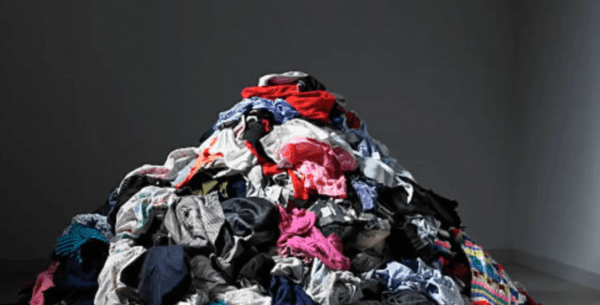Fast fashion generates huge amounts of textile waste, but researchers have developed a way to recycle some of that fabric into useful products.
In the materials engineering labs at UBC, surrounded by Bunsen burners, microscopes and spinning machines, professor Frank Ko and research scientist Addie Bahi have developed a simple process for converting waste cotton into much higher-value nanofibres.
These fibres are the building blocks of advanced products like surgical implants, antibacterial wound dressings and fuel cell batteries.
“More than 28 million tonnes of cotton are produced worldwide each year, but very little of that is actually recycled after its useful life,” explains Bahi, a materials engineer who previously worked on recycling waste in the United Kingdom. “We wanted to find a viable way to break down waste cotton and convert it into a value-added product. This is one of the first successful attempts to make nanofibres from fabric scraps – previous research has focused on using a ready cellulose base to make nanofibres.”
Continue reading at University of British Columbia.
Image via University of British Columbia.


